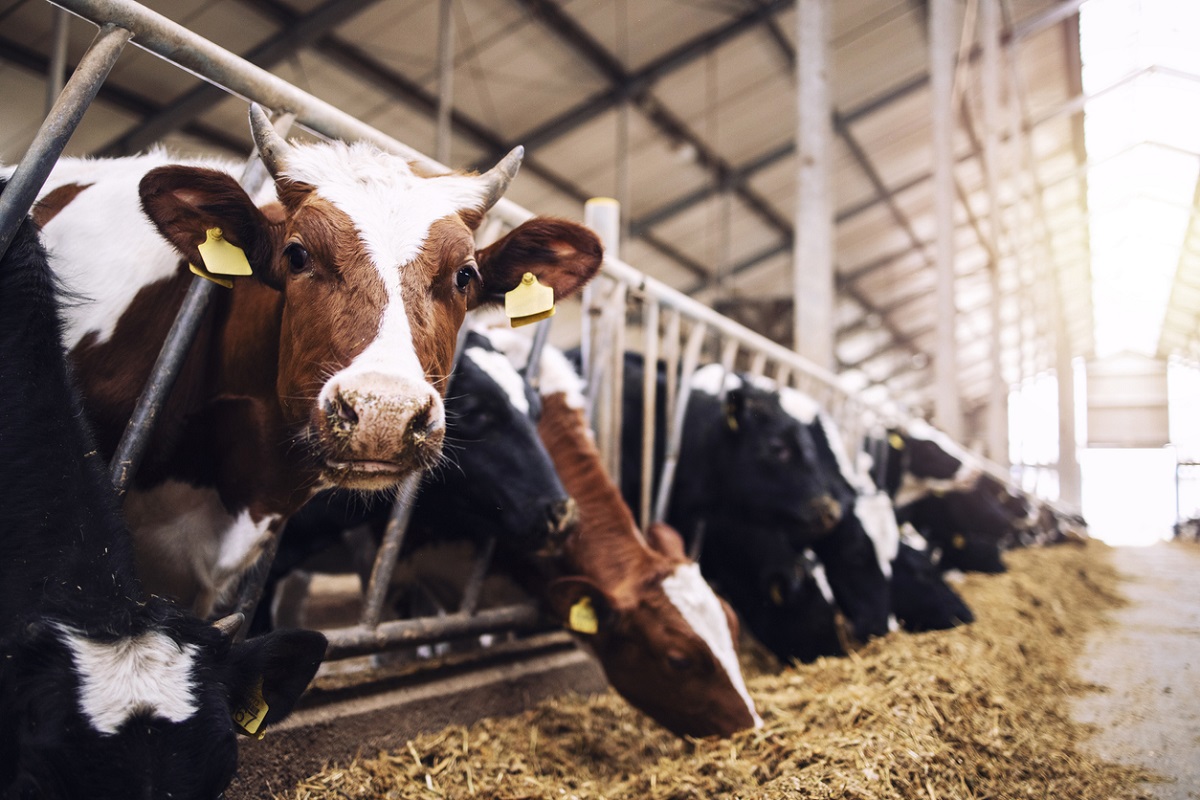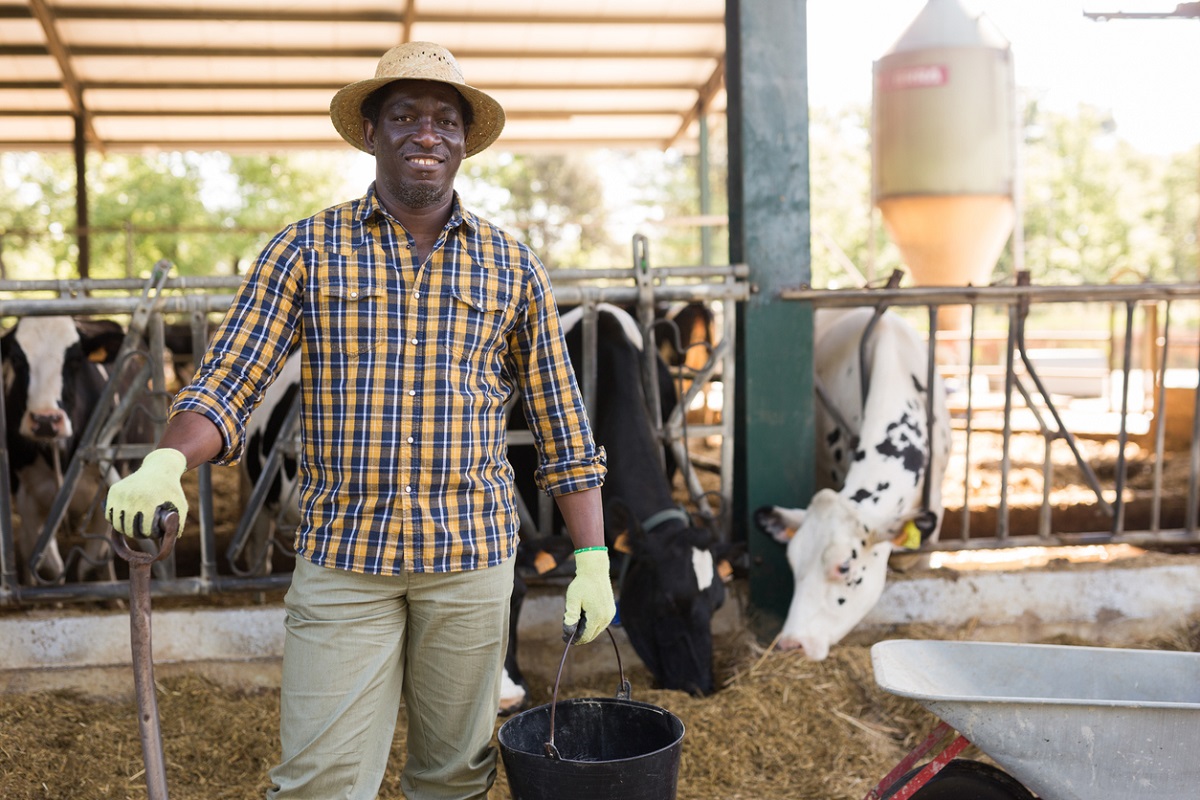Modern Reproductive Technologies for Cattle Breeding
| |
The challenge of feeding the world’s growing population becomes more evident as it increases every year, especially in the midst of climate change and the threat of COVID-19. Food insecurity highlights the importance of agriculture. It is undeniable how much the world relies on this sector for staple crops, meat, and other farm produce to meet its required sustenance and nutrients. A report published by the Department of Animal Science of Iowa State University explains the importance of using reproductive technologies, specifically for livestock, to attain global food security.

Why livestock?
Livestock is one of the vital sources of food. Livestock animals may also serve as means of transportation and a source of clothing. Some also provide companionship to humans and are part of cultural and religious practices. In rural areas, livestock can be a financial asset that contributes to the economic stability of a family.
Many scientists around the world have focused their studies on livestock animals. Using science-based techniques, they have been successful in improving the efficiency of food production sourced from animals. They developed cattle breeds with desired traits, such as leaner meat and increased milk production. Over time, their breeding programs became more advanced, especially when livestock reproductive technologies became available.
Better cattle breeds and a cleaner environment
Artificial insemination (AI) and embryo transfer (ET) are two reproductive technologies that enhance the genetic improvement of livestock breeds. When compared with conventional breeding programs, using AI allows a genetically superior male to produce a large number of highly productive offspring, and using ET enables a genetically superior female to do the same more efficiently.
AI was widely adopted in the United States dairy cattle industry in 1965 and ET in 2000. Between 1965 and 2021, it was recorded that the national milk supply increased by 74%, yet the number of dairy cows in the country needed for this much milk production decreased by 37%. It implies that the productivity of each cow increased by 295% on average. Aside from introducing genetic improvement to animals, modern reproductive technologies also contributed to the sustainability of the cattle industry by reducing its carbon footprint. It was documented that the industry’s 2007 carbon footprint was only 37% of the 1944 carbon footprint. Per liter of milk produced, the 2007 US cattle industry used only 10% of the land, 21% of the animals, 23% of feedstuffs, and 35% of the water of the 1944 industry. These figures support the benefits of modern reproductive technologies to the livestock industry and the environment.
Pre-determining a calf’s sex before it is conceived
Sperm sexing is another reproductive technology that compliments AI. It results in the physical separation of the Y chromosome-bearing sperm (that produces male offspring) from an X-chromosome bearing one (that produces female offspring). Using sexed sperm cells for AI pre-determines a newborn animal’s sex with high accuracy (85-95%). This technology can help beef cattle farmers produce more males for meat production and dairy cattle farmers to have more females for milk production.
Another use of sperm sexing is an approach called “beef on dairy.” It involves the highest producing dairy females in a herd undergoing AI using semen from a dairy bull breed with approximately 90% X chromosome-bearing sperm cells. This will result in female calves that will join the dairy breeding herd upon maturity. The rest of the original dairy herd will also undergo AI, but this time using semen that bears approximately 85% Y chromosome sperm cells from a beef bull breed with high-quality meat traits. The “beef on dairy” approach allows the top dairy females to produce female calves with high genetic potential for milk production and the below-average dairy females to produce male calves with higher genetic potential for meat production.

Embryo production in and out of a cow
Producing embryos via in vitro method is another modern reproductive technology used in livestock. Using this technology, embryos are produced in a laboratory setting. It begins by harvesting the immature eggs of a genetically superior female cattle. The eggs are kept and matured in a laboratory, until such time that it is ready for fertilization. Once fertilized, the eggs are placed in an incubator. Embryos can also be produced inside a living cow, and this method is called in vivo. Donor genetically elite female cattle receive booster shots that enhance their follicle-stimulating hormone level, which results in the production of multiple embryos. The embryos produced through both the in vitro and in vivo methods are used for ET.
Sifting through genes - which ones are advantageous?
Genetic testing is a method that allows researchers to examine the genetic makeup of an animal to locate DNA segments with single nucleotide polymorphism (SNP). SNPs are short pieces of DNA where there is only one nucleotide that differs across animals. The genetic information acquired from a group of SNPs can be used to calculate genomically enhanced estimated breeding values, and this information helps breeders select animals with greater productivity potential as ET donors and AI bulls. Genetic testing also helps identify recessive genes that can affect an animal’s fertility and overall health.
Inducing natural traits for better animal welfare and productivity
Genome editing is gaining popularity in plant and animal breeding because of the precise genetic changes it can accomplish. It is also a faster way of developing animals with more desirable genetic combinations compared to conventional breeding. The technology induces a controlled, intentional change in a fertilized egg using a naturally occurring gene by a specific naturally occurring enzyme system. Examples of genome editing tools are clustered regularly interspaced short palindromic repeats (CRISPR), transcription activator-like effector nucleases (TALENs), and zinc finger nucleases (ZFNs).
Over the past few years, researchers have developed genome-edited cattle with traits that promote better health, animal welfare, and productivity. These include cattle born without horns, cattle with increased muscle mass for better meat, and cattle that better tolerate warmer temperatures.
Some farmers practice dehorning cattle by burning the horn stump while they are still young. This is done to protect other cows in the field and the farmers as well. However, it is quite painful for the animal. Altering the gene responsible for horns allows calves to be born polled. It offers a more humane way of eliminating horns than dehorning. Altering a cow’s SLICK gene through genome editing is another example of improving a milk dairy’s welfare and productivity. This helps the cow feel more comfortable in high temperatures. Thus, it stays milk productive. As for beef dairy, genome-edited cows specifically for meat production are developed by altering its myostatin gene. It increases the animal’s muscle mass to achieve meat production at a faster rate.

Cattle farmers are environmental stewards
According to the report, the technologies mentioned above represent climate-smart livestock production practices that provide farmers the opportunity to become good stewards of natural resources. They allow farmers to meet the population’s food and nutritional requirements without having to utilize so many resources to maintain their herds. Food security through sustainable agriculture in a clean environment is attainable with responsible farmer-stewards, scientific technological advancement, careful ethical considerations, and the full support of societies across the globe.
Download a free copy of the report by the Iowa State University to know more about livestock reproduction technologies in the US. To learn about the benefits of animal biotechnology in livestock, read the articles about its global opportunities and those specific to the Philippines in Science Speaks or watch the full webinar episode in the ISAAA.org website.
| Newer Post | Archive | Older Post |
Science Speaks is ISAAA Inc.'s official blog. Weekly blog articles, authored by ISAAA writers, partners, and invited contributors, aim to help share, disseminate, and promote scientific knowledge and its vital role in achieving global agricultural sustainability and development. Your support to Science Speaks will help us achieve this goal. You can help us by donating as little as $10.

